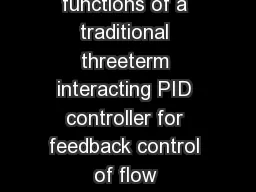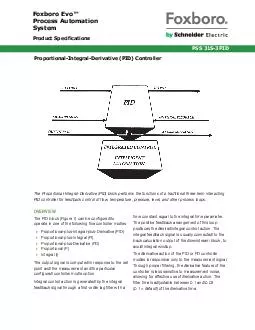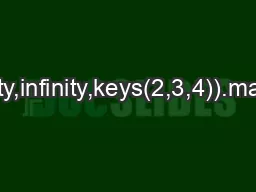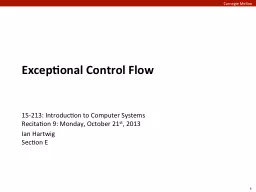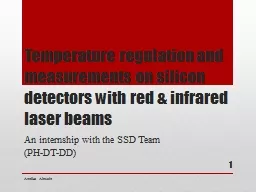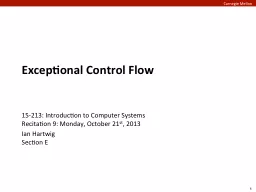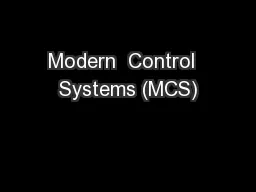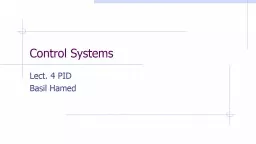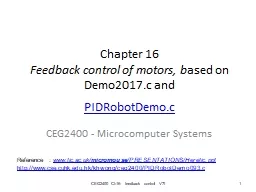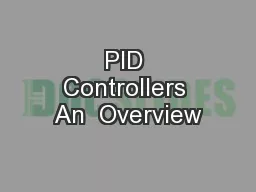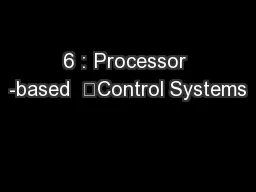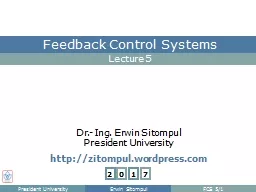PDF-IA Series The ProportionalIntegralDerivative PID block performs the functions of a traditional
Author : celsa-spraggs | Published Date : 2014-12-25
The PID block Figure 1 can be configured to operate in one of the following five controller modes ProportionalplusIntegral plusDerivative PID Proportionalplu sIntegral
Presentation Embed Code
Download Presentation
Download Presentation The PPT/PDF document "IA Series The ProportionalIntegralDeriva..." is the property of its rightful owner. Permission is granted to download and print the materials on this website for personal, non-commercial use only, and to display it on your personal computer provided you do not modify the materials and that you retain all copyright notices contained in the materials. By downloading content from our website, you accept the terms of this agreement.
IA Series The ProportionalIntegralDerivative PID block performs the functions of a traditional: Transcript
Download Rules Of Document
"IA Series The ProportionalIntegralDerivative PID block performs the functions of a traditional"The content belongs to its owner. You may download and print it for personal use, without modification, and keep all copyright notices. By downloading, you agree to these terms.
Related Documents

